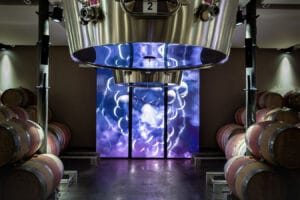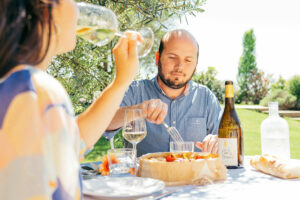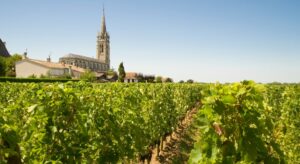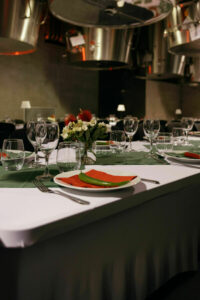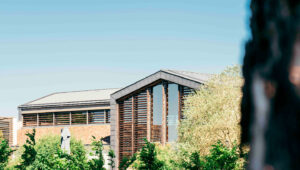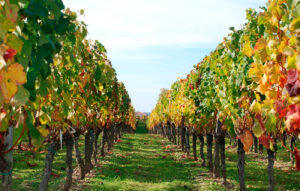Saint‑Émilion AOC vs Saint‑Émilion Grand Cru AOC
The Saint‑Émilion AOC, established in 1936, spans 5,400 hectares and includes around 800 winegrowers.
Within it, the Saint‑Émilion Grand Cru AOC sets higher standards, with lower yields (46 hl/ha) and a minimum aging period of 12 months. All Grand Cru wines are part of Saint‑Émilion, but not all Saint‑Émilion wines qualify as Grand Cru.
The Grand Cru designation covers just 1,900 hectares, reflecting its selectivity.
The 2022 Saint‑Émilion classification: 4 tiers
The classification of Saint‑Émilion, revised every ten years, is divided into four levels.
It currently includes 14 Premiers Grands Crus Classés, including 2 in the prestigious “A” tier (Château Figeac and Château Pavie), 12 in the “B” tier (e.g., Canon, Clos Fourtet, Valandraud), and 71 Grands Crus Classés like Fleur-Cardinale and Destieux.
There are also approximately 220 Grands Crus, many from family-owned estates that add great diversity to the region.
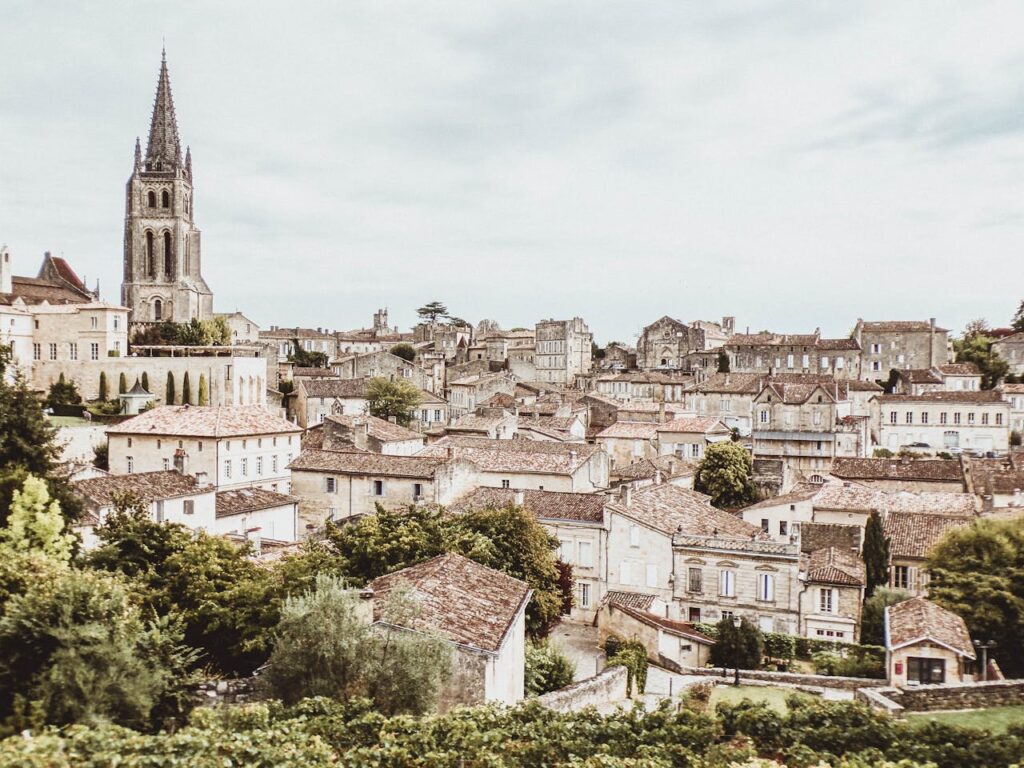
Pomerol: small size, no official ranking
Pomerol presents a very different profile. With just 780 hectares, it is the smallest red AOC in Bordeaux. It has no official classification; instead, the reputation of each estate is built on history, terroir, and critical acclaim.
The famed Château Pétrus, neighboring La Fleur de Boüard, epitomizes the excellence of this area.
The unique terroir—gravelly soils on iron-rich blue clay—yields exceptional wines dominated by Merlot (around 70%), along with Cabernet Franc and a touch of Cabernet Sauvignon.
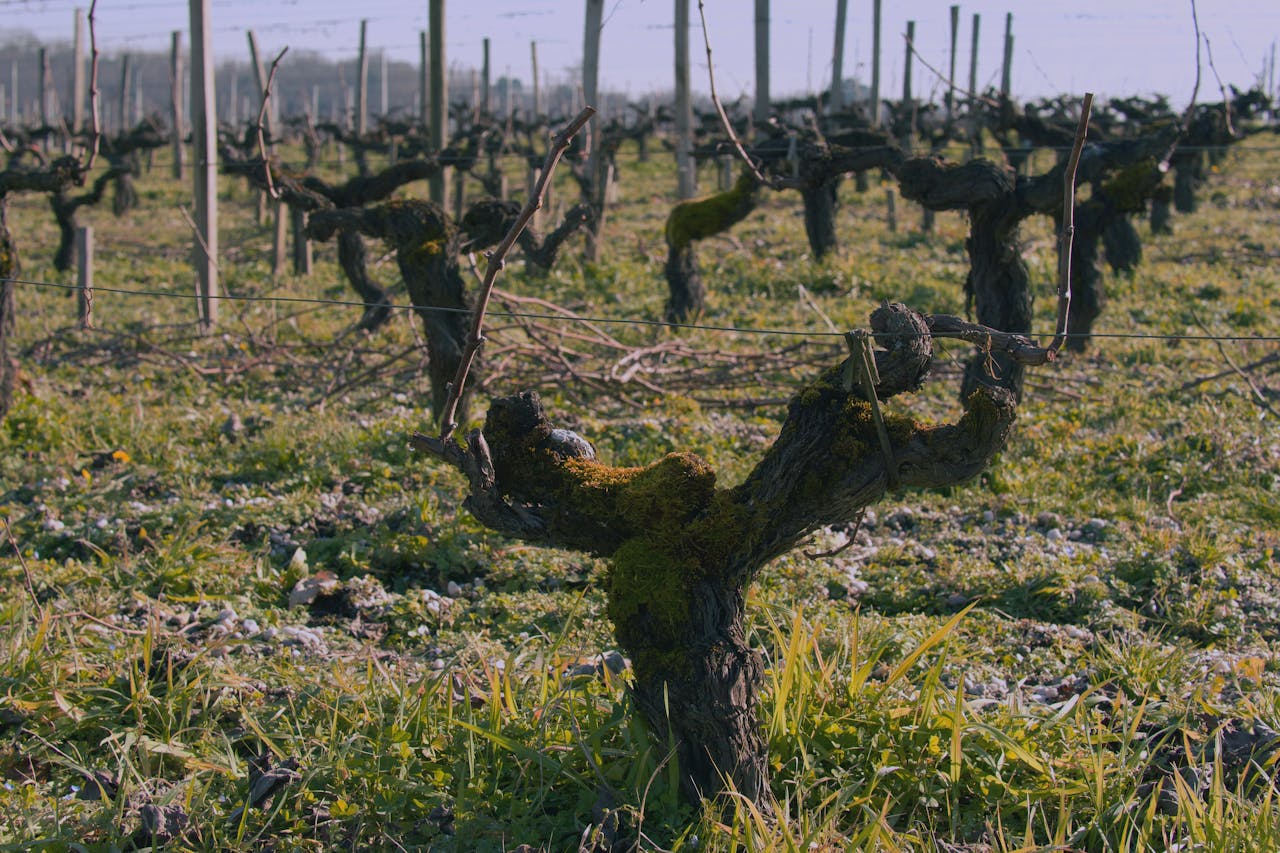
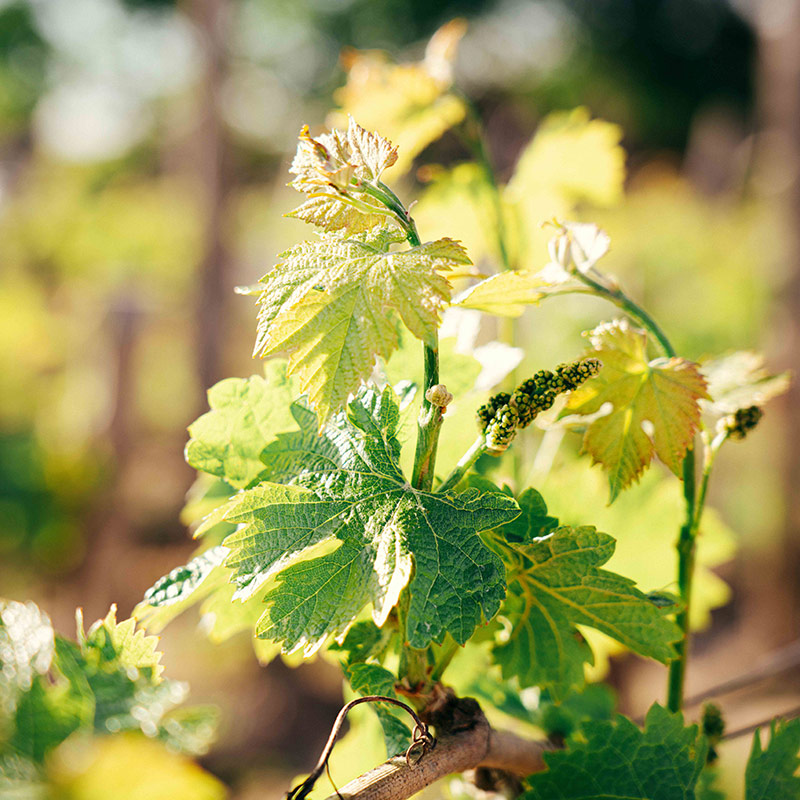
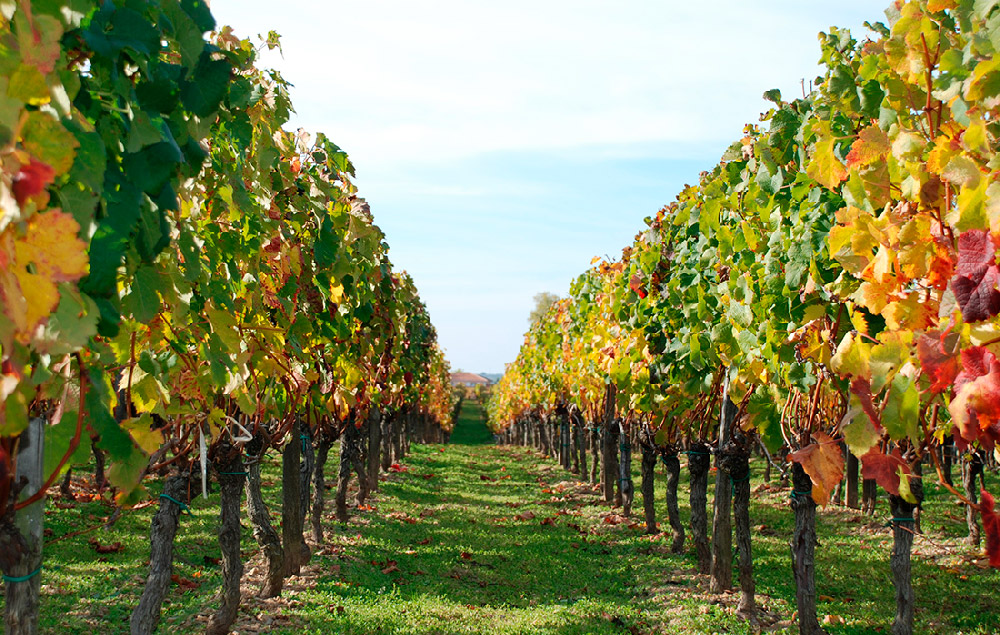
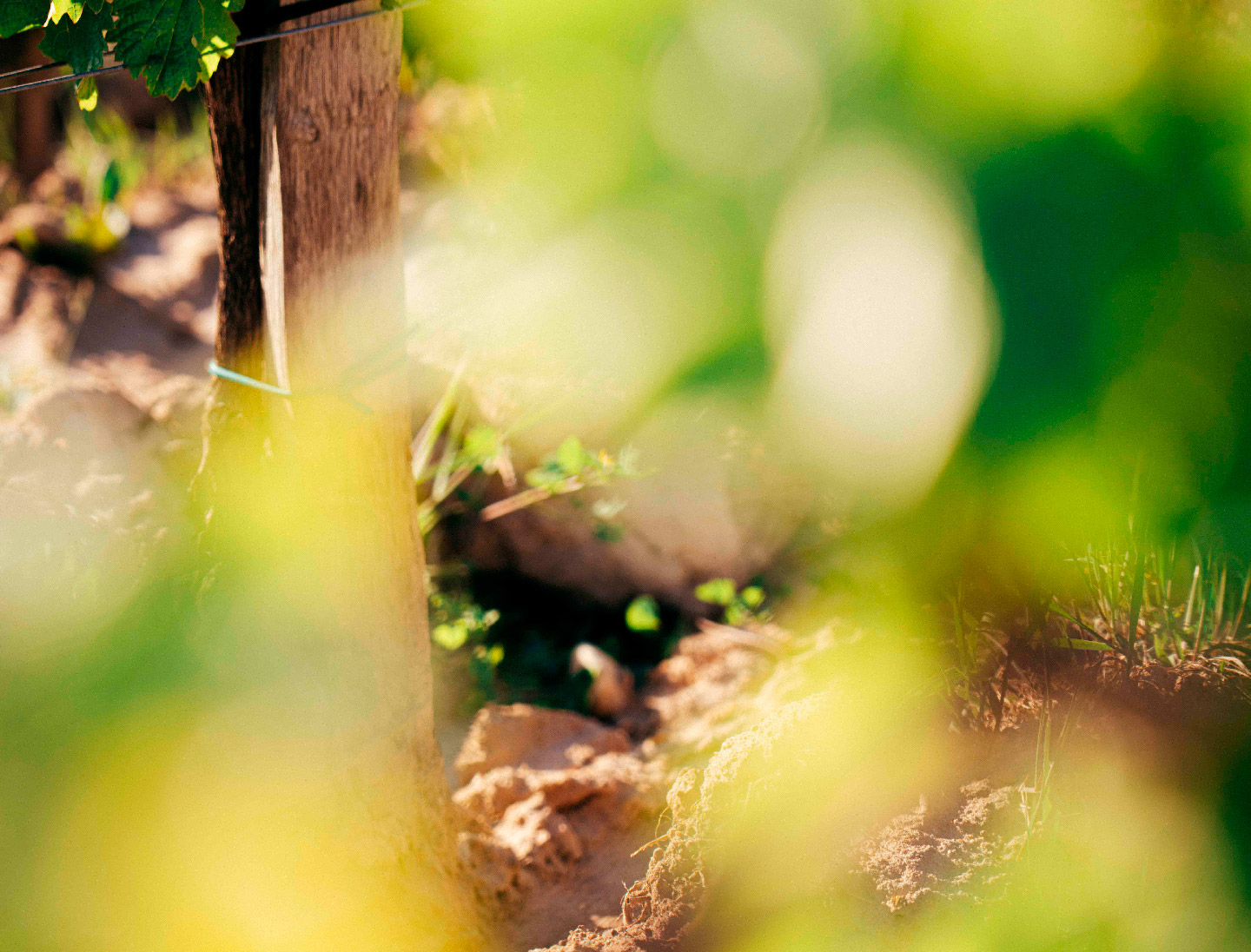
Lalande‑de‑Pomerol: accessible neighbour
Just across the Barbanne stream lies the Lalande‑de‑Pomerol AOC, covering 1,100 hectares and encompassing the villages of Lalande and Néac.
Château La Fleur de Boüard is located in Néac, where the clay and limestone soils produce rich, velvety Merlot and delicate, lightly spiced, and fresh Cabernet Franc.
Wines from Lalande‑de‑Pomerol are known for their ripe red fruit, supple tannins, and approachability after just 3–4 years. They also offer exceptional value, often priced three to ten times lower than their Pomerol counterparts.
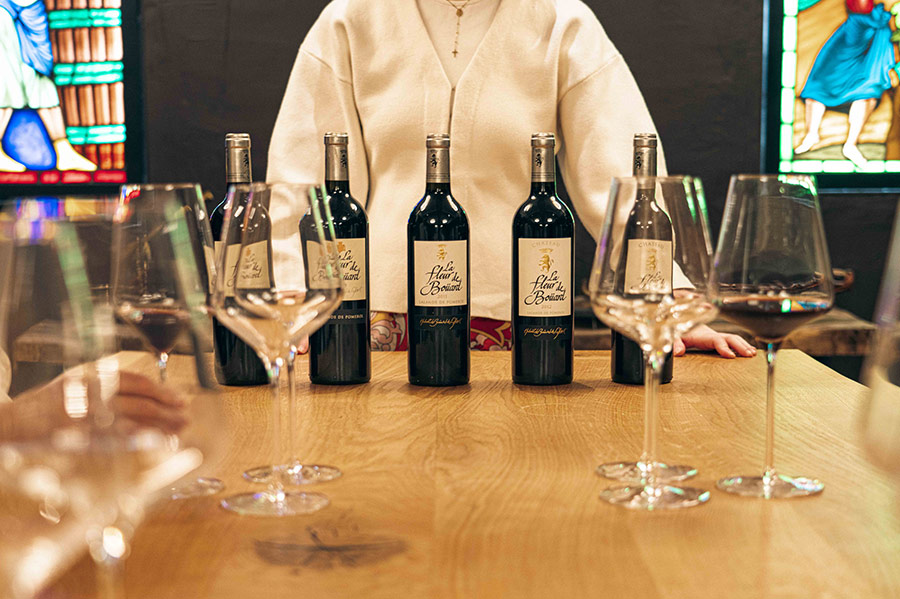
Feeling the difference during your tour
At Château La Fleur de Boüard, visitors can taste these differences firsthand.
The tasting begins with the Grand Vin “Château” (Lalande‑de‑Pomerol AOC), followed by “Le Plus,” crafted from old vines on deep clay. This side-by-side comparison reveals the influence of terroir and the vigneron’s precise, delicate craftsmanship.
Signature workshops & tours
For those eager to deepen their understanding, the estate offers several educational workshops.
The Chai de Lumière tour (1 hour) explains the winemaking process and includes a tasting of two wines. The Alchimie Workshop (2 hours) allows guests to create their own blend, while the Vertical Masterclass (2h30) highlights the role of vintage and aging.
The Vin & Sabot package (3 hours) combines a horseback ride with a terroir discovery.
The Classic Visit (2 hours) includes a full tour and a souvenir bottle.
Visit The Cellar of Lights
€25
1h
The alchemy workshop
€300 / 5 people
2h
custom blend + 5 wines
Masterclass workshop
€580 / 4 people
2h30
single-varietal vs. blend comparison
Classic Tasting Tour
€300 / 5 people
2h
full tour + ½ bottle souvenir
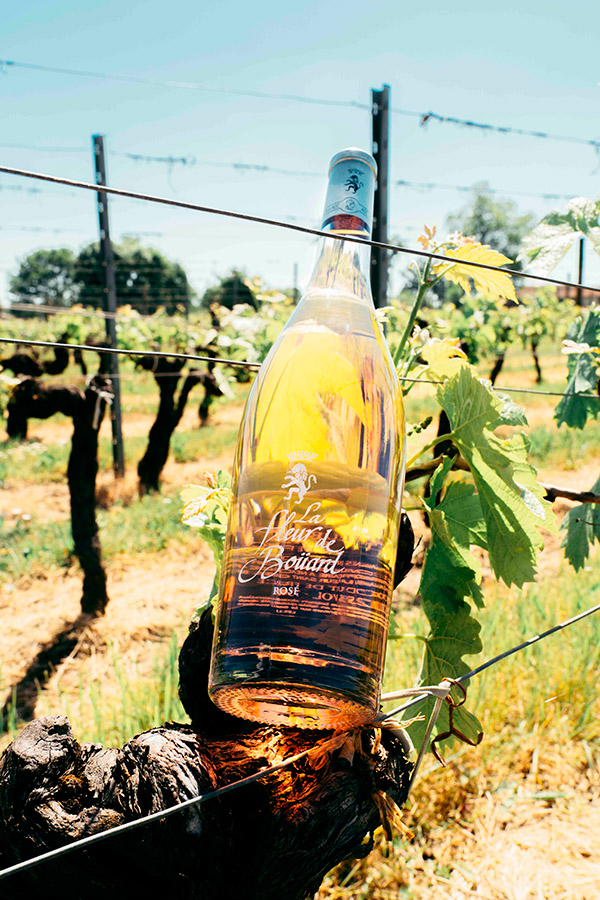
Practical tips
Book your visit at least 30 days in advance, especially from June to September.
Allow at least 10 minutes for travel between the regions of Pomerol and Saint‑Émilion.
Finally, leave yourself some unplanned time at La Fleur de Boüard to soak in the calm, serene atmosphere with the team.
